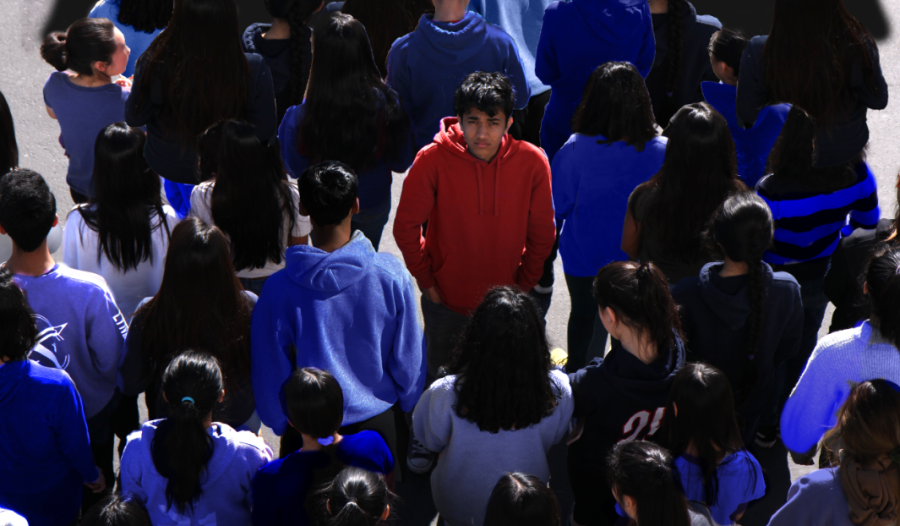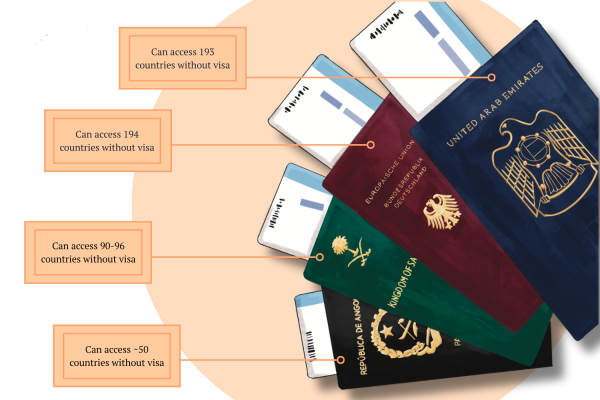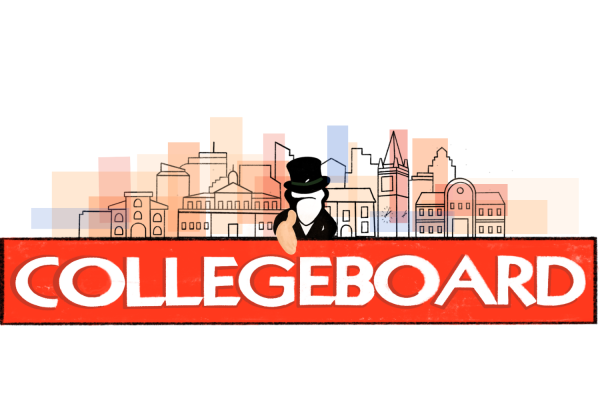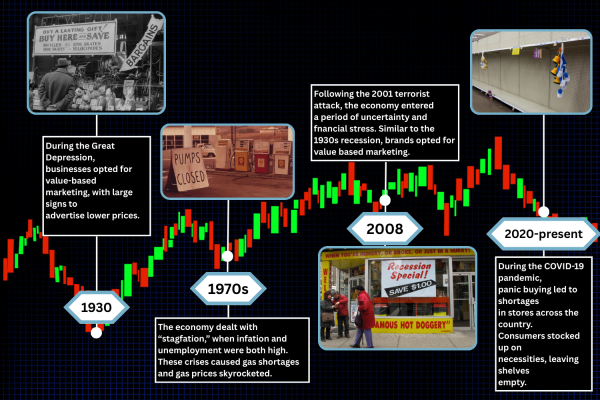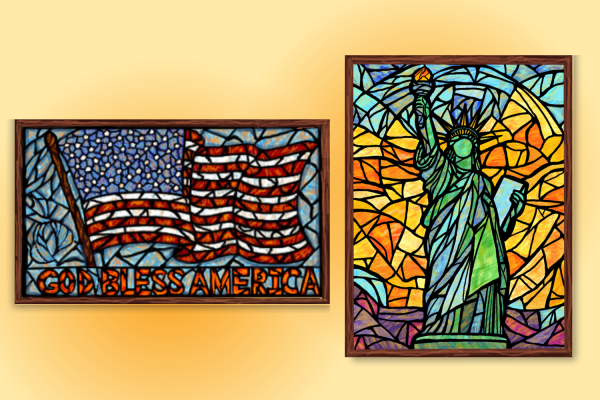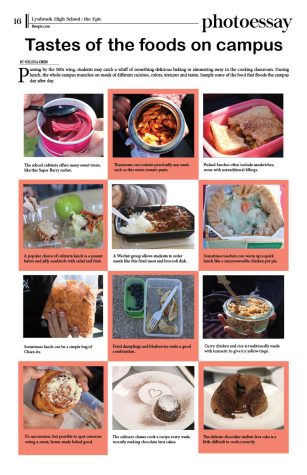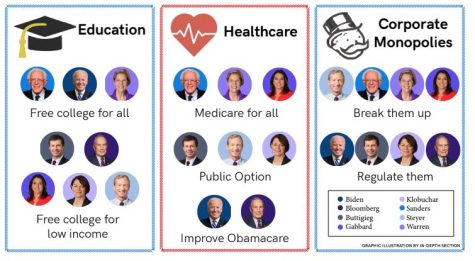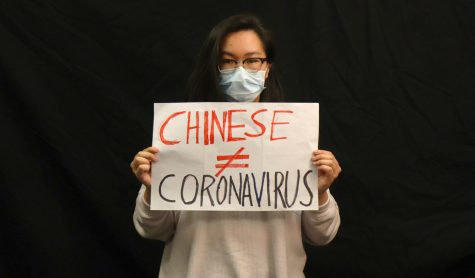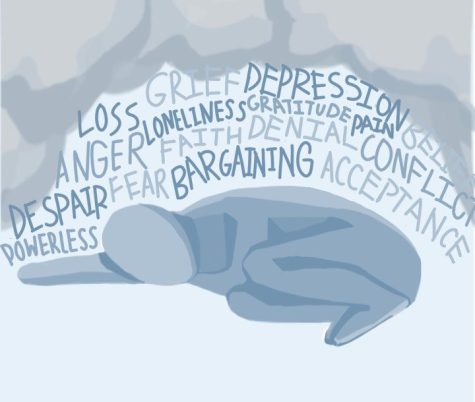Supporting red in a sea of blue
The experiences of the politically conservative minority in the Bay Area
Bringing forth conservative opinions and perspectives in a liberal-majority community.
At first glance, Lynbrook’s political climate may seem to skew politically left, with no Lynbrook Republicans Club, but a Democrats Club. If you walk around the campus on any given school day, passing by processions of students traversing in and out of classes, you might also catch a glimpse of a student wearing President Donald Trump’s “Make America Great Again” hat to express his support for the current president. That student is freshman Alex Brittain.
Brittain’s hat draws looks from other students. “Nice hat!” is a common comment when others spot his hat, some reflecting awe and others slightly mocking in a sarcastic tone.
“The first time I wore [the hat], I was trying to see people’s reactions to see how many compliments I would get and how many people would give me a dirty look or something. It was pretty balanced [between good and bad],” Brittain said. “I don’t support Trump because I think he’s the greatest guy ever. There are a ton of problems with him. I support him because I think that the alternatives would have been worse.”
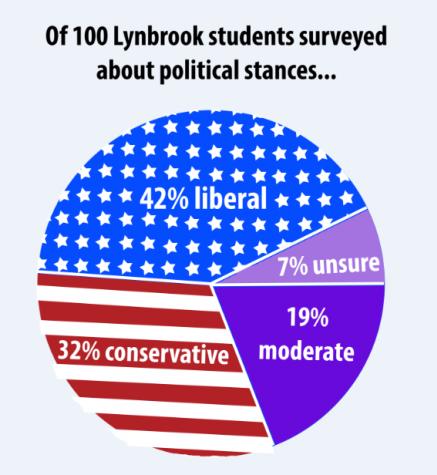
By the mere numbers, the Bay Area slants politically liberal. In the 2018 midterm elections, 71.4 percent of voters in Santa Clara County voted for Democrat Gavin Newsom for governor. Surprisingly, at Lynbrook, only 42 percent of 100 surveyed identify as Democrat, still the highest percentage out of any category. Over the decades, as the overall Bay Area population has grown, so has the prevalence of liberal values. Since San Francisco’s beginnings as the counterculture birthplace in the early 1960s, the Bay Area has become a hub for anti-war, gay rights and women’s rights movements, among other economically and socially liberal ideologies. Most recently, the 2019 Women’s March advocating for legislation protecting women’s rights, LGBTQ+ rights, racial equality and more drew in around 18,000 marchers in San Jose and around 60,000 in San Francisco.
“Historically people came to California because they wanted to try something new, which tends to skew people toward liberalism,” said Jane Curry, a political science professor at Santa Clara University. “In addition, younger people like to find new ideas, and the tech industry [in the Silicon Valley] is certainly something that is all about innovating. That encourages a kind of liberalism in terms of wanting to be able to do new things and not being held back by old traditions.”
The demographic trend of the Bay Area may also explain its dominant progressivism. Historically, ethnic minority groups, women, more educated citizens and those living in shared households generally lean Democrat, while more white, religious and working class Americans tend to vote Republican, according to Pew Research Center data. Liberal reforms made in the past have fought for civil rights of certain groups who have been discriminated against or marginalized. Even now, many minorities may be more likely to lean liberal because progressive policies often serve them better, or are advocated so. According to the Bay Area Census, Santa Clara County had only a 3.2 percent ethnically minority population in 1960. As the minority percentage climbed in Santa Clara County municipalities, the number of Democrats surpassed that of Republicans in the 1962 direct primary elections; 51 percent of registered voters in Santa Clara were Democrats while 44.3 percent were Republican. In the 2018 primary elections, the number of registered Republicans shrunk to 18.3 percent, less than half of the 46.5 percent registered Democrats.
“The experience of living among people from diverse backgrounds causes people to become more tolerant of other cultures and ideas and become more socially liberal,” said FUHSD Board of Trustees President Roy Rocklin.
However, according to Curry, older demographics, even in the immigrant population, tend to vote conservative when concerning the economy.
“There are a lot of conservatives in California, just not so socially conservative, but fiscally conservative,” said senior Nikita Rangwala, president of the Junior State of America Club. “Because people in the Bay Area are so high-earning and typically in the upper tax bracket, they are generally more conservative about where their money goes.”
Amid the staunch liberalism at Lynbrook, some may feel attacked because of their different ideologies and political beliefs. For junior Robert Sun, a political conservative who grew up in the predominantly Republican environment of North Carolina, previous negative experiences included a serious death threat and barrages of judgemental looks.
“I’m not too surprised because my views aren’t really popular over here. But I really don’t take it personally,” Sun said.
Brittain, on the other hand, has been able to establish open dialogue with some peers. Like Sun, he has been threatened because of his political views, but has since become friends with the very person who threatened him.
“It seems pretty tolerant here so far except for some of the people. People are really willing to speak,” Brittain said. “I’ve had a lot of discussions with [a sophomore with different beliefs] before, and we’ve found some common ground, which is a big step toward not being completely polarized yet.”
Still, Brittain has had to face attacks to his character by some of his peers who judge him solely because of his conservative-leaning opinions.
“There were some people who thought I was the equivalent of Hitler for thinking that Trump was an okay president,” Brittain said. “I said I don’t hate the president, and then they started calling me Hitler and that I want to deport all Mexicans, even though I’m half Mexican.”
Nonetheless, people with more right-leaning views may not want to express such beliefs to those around them. Tufts University professors Sarah Sobieraj and Jeff Berry found that conservatives fear being called bigots and therefore are less likely to talk about politics with someone with differing views. And, according to the Cato Institute’s 2017 Free Speech and Tolerance Survey, 58 percent of Americans feel restrained from sharing their beliefs due to the current political climate, which can be attributed to the common stereotypes associated with conservatives, especially in more liberal environments.
“I think people associate being conservative with being anti-feminist and very cold-hearted — all the words surrounding ‘something-phobic,’” said senior Joyce Ker, who leans more conservative than liberal. “Most of the poetry I write focuses on the subjugation and objectification of women — I and anyone who reads my writing can see that I strongly support women.”
Known for his adamant conservatism, senior Ben Shapiro believes that much of the narrow-mindedness he perceives in student political beliefs can be attributed to a lack of knowledge caused by the liberal environment.
“The main issue I have is not that many people here are liberal,” Shapiro said. “What really gets me is when people accept this majority as being what it’s like for the rest of the country, which it is not. This is a purely a Bay Area bubble we’re living in. The lack of a diversity of opinions here also makes it so people don’t want to actually educate themselves about the real issues and alternate viewpoints from their own.”
As the majority of students are under 18 and cannot vote yet, officially they cannot affiliate themselves with a certain party and some have little political knowledge. Students who are not involved deeply in politics are most susceptible to having their beliefs shaped by the liberalism around them.
“It’s a knee jerk reaction that people have,” Shapiro said. “They think, ‘You’re either with me or against me.’ That’s our natural instinct.”
In the next few decades, the Bay Area may remain a center for liberal activism and ideals, as those who are younger and have higher education, especially in the technology industry — who tend to lean liberal — continue arriving in the masses. However, conservative ideals should still endure through individuals, whether that be on fiscal or social policy. After all, liberal and conservative sit at two ends of a long and three-dimensional spectrum, with few on the very extremes. Going forward, as doing more research on politics and government leads to knowing more facts, students can further discover their own marker on the spectrum, and even possibly a place where MAGA hats and feminism shirts can coexist.
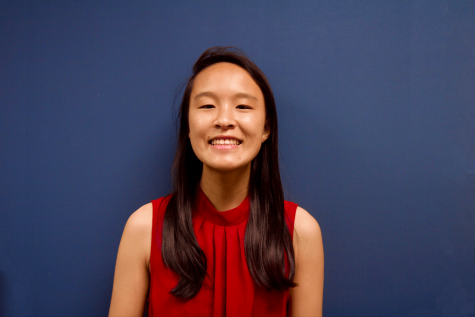
Jessica is a senior and one of the content editors for the Epic. While not checking stories for AP Style, you can find her doing some of her favorite things:...
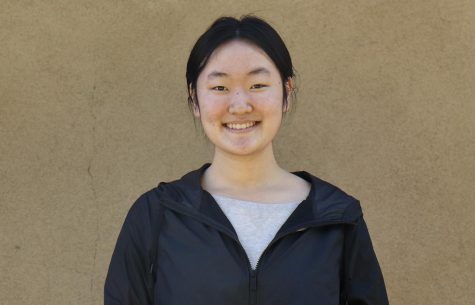
Melissa can't wait to continue writing for the Epic this year, though she's a little sad that, as a senior, this will be her last year. Soggy cereal, hot...
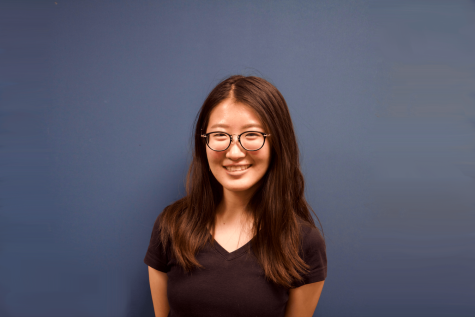
Risa Mori is a senior and the In-Depth Section Editor for the Epic. In her free time, she loves to watch movies and dramas, listen to her favorite music,...




























































